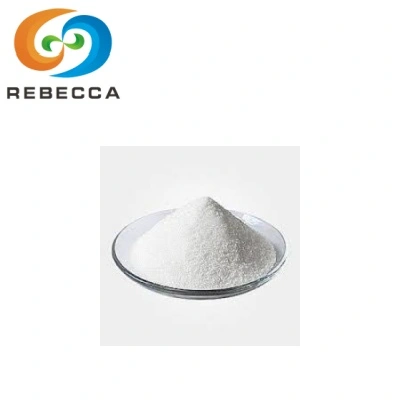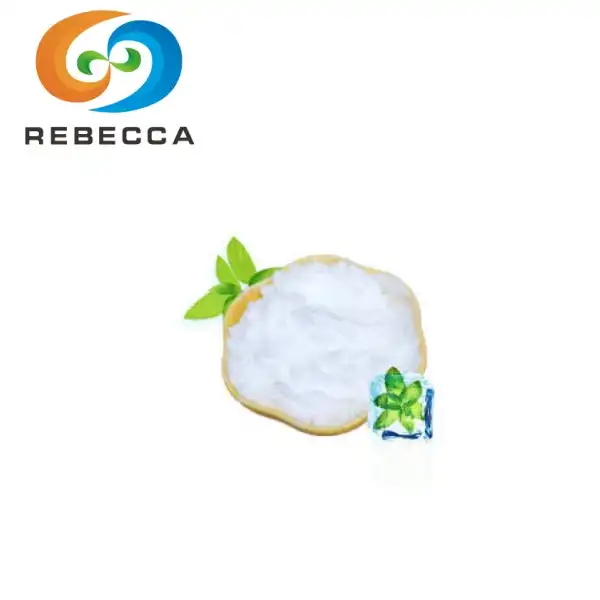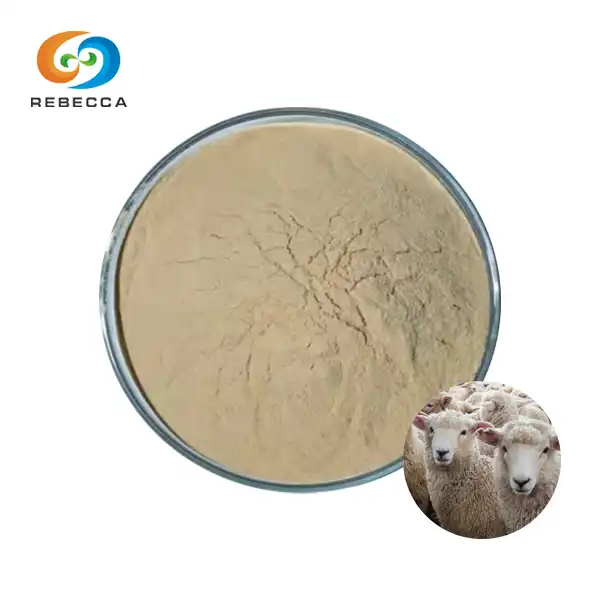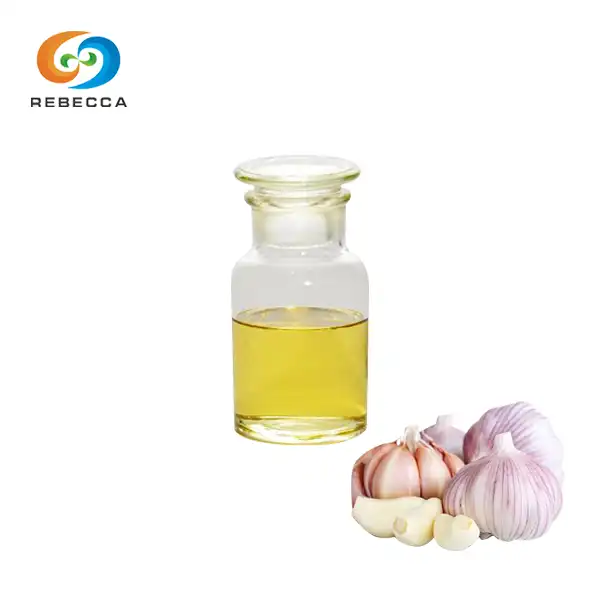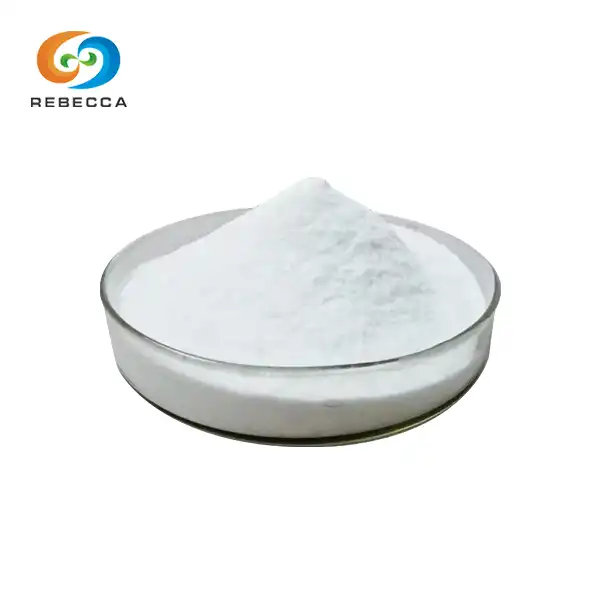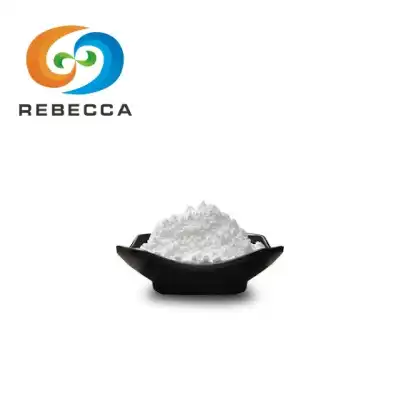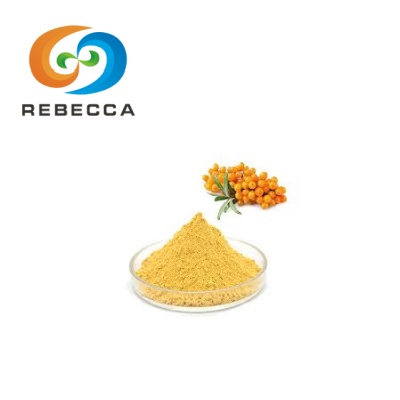Do soy isoflavones have any effect on human estrogen?
Soy isoflavone powder is not estrogen, despite its similarities. While glycine soja (soybean) seed extract belongs to a class of compounds called phytoestrogens, they are distinct from human estrogen. These plant-based compounds can interact with estrogen receptors in the body, but their effects are much weaker than those of endogenous or synthetic estrogens.
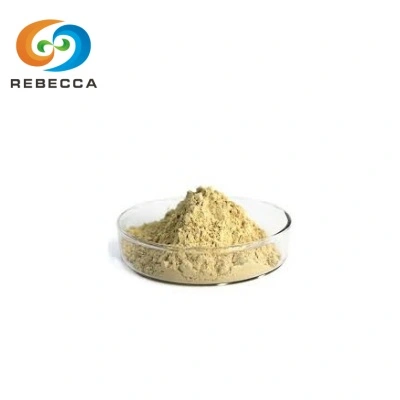
Soy Isoflavones Powder
Product Name:soy isoflavones powder
Botanical Source: Non-gmo soybean germ or soybean meal.
Latin Name:Glycine max (Linn.) Merr.
Other Name:Soybean Extract,CatheRine Genistein,Soy Isoflavone,574-12-9,soy extract,glycine soja (soybean) seed extract,glycine soja seed extract,Soybean P.E.
Active ingredients:Soy Isoflavones,Daidzin, daidzein, Genistin, Genistein, Glycitin, Glycitein.
Specification:40% 90%
Appearance: Light yellow to white powder
Test Method: HPLC
Solubility: Insoluble water and soluble in water both have.
Molecular Formula: C15H10O2
Molecular Weight: 222.24
CAS No.: 574-12-9
MOQ: 1kg
Sample: 20g
Delivery: FedEx, DHL, Ship by air, Ship by sea.
Certifications: ISO, HACCP, KOSHER, HALAL
Soy Isoflavones & Human Estrogen
Understanding the chemical structure of soy isoflavones
Soy isoflavones and human estrogen may share some similarities in their molecular structure, but they are fundamentally different compounds. Soy isoflavones, primarily genistein, daidzein, and glycitein, belong to a class of polyphenolic compounds found in soybeans and other legumes. These isoflavones have a distinct chemical backbone that differentiates them from human estrogens like estradiol.
The molecular structure of glycine soja (soybean) seed extract consists of two phenol rings connected by a heterocyclic pyran ring. This configuration allows them to bind to estrogen receptors, albeit with much lower affinity compared to endogenous estrogens. The structural differences between soy isoflavones and human estrogen contribute to their varying physiological effects and metabolic pathways in the body.
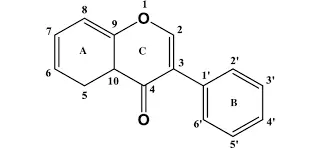
How soy isoflavones interact with estrogen receptors
Soy isoflavones can bind to both estrogen receptor alpha (ERα) and estrogen receptor beta (ERβ), but they exhibit a higher affinity for ERβ. This selective binding is one of the key factors that distinguish soy isoflavones from human estrogen. When isoflavones bind to these receptors, they can exert weak estrogenic or anti-estrogenic effects, depending on the tissue type and the presence of endogenous estrogens.
The interaction between soy isoflavones and estrogen receptors is complex and tissue-specific. In some tissues, they may act as weak estrogen agonists, while in others, they may function as antagonists, potentially blocking the effects of stronger estrogens. This unique property of glycine soja (soybean) seed extract has led to its investigation for potential health benefits, particularly in menopausal symptom relief and bone health support.
Benefits of soy isoflavones for menopausal symptoms
The weak estrogenic effects of glycine soja (soybean) seed extract have been studied extensively for their potential benefits in managing menopausal symptoms. During menopause, the decline in estrogen levels can lead to various uncomfortable symptoms, such as hot flashes, night sweats, and mood changes. Soy isoflavone supplements have shown promise in alleviating some of these symptoms.
Research suggests that soybean extract may help reduce the frequency and severity of hot flashes in some postmenopausal women. They may also contribute to maintaining bone density, which is particularly important as estrogen levels decline. However, it's important to note that the efficacy of soy isoflavones can vary among individuals, and more research is needed to fully understand their long-term effects and optimal dosage.

Critical Difference from Pharmaceutical Estrogen
Potency comparison: Isoflavones vs. synthetic estrogen
The potency of soy isoflavones is significantly lower than that of synthetic estrogens used in pharmaceutical preparations. Synthetic estrogens, such as those found in hormone replacement therapy (HRT), are designed to closely mimic the structure and function of endogenous estrogens. As a result, they bind to estrogen receptors with high affinity and exert strong estrogenic effects.
In contrast, soy isoflavones have a much weaker binding affinity for estrogen receptors. This translates to a lower potency and a different risk-benefit profile compared to synthetic estrogens. The reduced potency of soybean extract means that they are less likely to cause the same level of estrogen-related side effects associated with HRT, such as an increased risk of certain cancers or cardiovascular events.
Safety profile of soy isoflavones in clinical studies
Numerous clinical studies have investigated the safety profile of soy isoflavones. Overall, these studies suggest that glycine soja (soybean) seed extract supplements are generally well-tolerated when consumed in moderate amounts. Unlike synthetic estrogens, soybean extract has not been associated with an increased risk of breast cancer or endometrial cancer in most studies.
However, it's important to note that the long-term effects of high-dose soy isoflavone supplementation are still being researched. Some studies have reported mild gastrointestinal side effects or changes in menstrual cycles in premenopausal women. As with any dietary supplement, it's advisable to consult with a healthcare professional before starting a soy isoflavone regimen, especially for individuals with a history of hormone-sensitive conditions.
Regulatory status: Supplement vs. prescription medication
The regulatory status of soybean extract differs significantly from that of pharmaceutical estrogens. Soy isoflavone powder and other soy-derived supplements are regulated as dietary supplements in many countries, including the United States. This means they are not subject to the same rigorous approval process as prescription medications.
Under dietary supplement regulations, manufacturers are responsible for ensuring the safety and quality of their products. However, they are not required to demonstrate efficacy through clinical trials before marketing. In contrast, synthetic estrogens used in HRT are classified as prescription medications and must undergo extensive clinical testing and regulatory approval before they can be marketed.
In conclusion, soy isoflavone powder is not estrogen, but rather a class of phytoestrogens with unique properties. While glycine soja (soybean) seed extract can interact with estrogen receptors, its effects are much weaker and more nuanced than those of human or synthetic estrogens. The distinct chemical structure, metabolic pathways, and regulatory status of soy isoflavones set them apart from pharmaceutical estrogens. As research continues to uncover the potential benefits and limitations of soybean extract, it remains a subject of interest for those seeking natural alternatives for managing menopausal symptoms and supporting overall health.
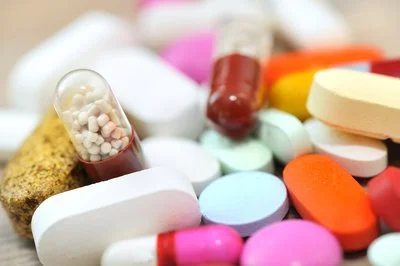
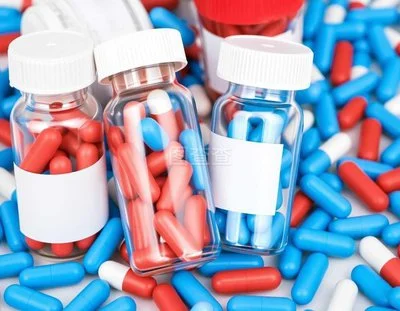
Where to Buy Soy Isoflavone Powder?
For those interested in incorporating soybean extract into their health regimen or product formulations, Shaanxi Rebeccia offers high-quality soy isoflavone extracts. Our soy isoflavone powder is derived from non-GMO soybeans and undergoes rigorous quality control measures to ensure purity and potency. With specifications ranging from 40% to 90% isoflavone content, our products cater to various industry needs, from dietary supplements to functional foods and cosmetics.
Our state-of-the-art production facilities adhere to strict GMP and ISO standards, guaranteeing consistent quality and batch-to-batch uniformity. We offer comprehensive documentation support, including certificates of analysis and regulatory compliance documents, to facilitate smooth product registration processes for our clients. Whether you're a pharmaceutical R&D company seeking high-purity active ingredients or a health supplement brand looking for customized formulations, Shaanxi Rebeccia is equipped to meet your needs.
To learn more about our glycine soja (soybean) seed extract and other plant-based extracts, or to request a sample, contact us at information@sxrebecca.com. Our team of experts is ready to assist you with product specifications, application guidance, and custom solutions tailored to your specific requirements.
References
- Messina, M. (2016). Soy and Health Update: Evaluation of the Clinical and Epidemiologic Literature. Nutrients, 8(12), 754.
- Patisaul, H. B., & Jefferson, W. (2010). The pros and cons of phytoestrogens. Frontiers in Neuroendocrinology, 31(4), 400-419.
- Setchell, K. D., & Clerici, C. (2010). Equol: history, chemistry, and formation. The Journal of Nutrition, 140(7), 1355S-1362S.
- Taku, K., Melby, M. K., Kronenberg, F., Kurzer, M. S., & Messina, M. (2012). Extracted or synthesized soybean isoflavones reduce menopausal hot flash frequency and severity: systematic review and meta-analysis of randomized controlled trials. Menopause, 19(7), 776-790.
- Rietjens, I. M., Louisse, J., & Beekmann, K. (2017). The potential health effects of dietary phytoestrogens. British Journal of Pharmacology, 174(11), 1263-1280.
- Franco, O. H., Chowdhury, R., Troup, J., Voortman, T., Kunutsor, S., Kavousi, M., ... & Muka, T. (2016). Use of plant-based therapies and menopausal symptoms: a systematic review and meta-analysis. JAMA, 315(23), 2554-2563.
